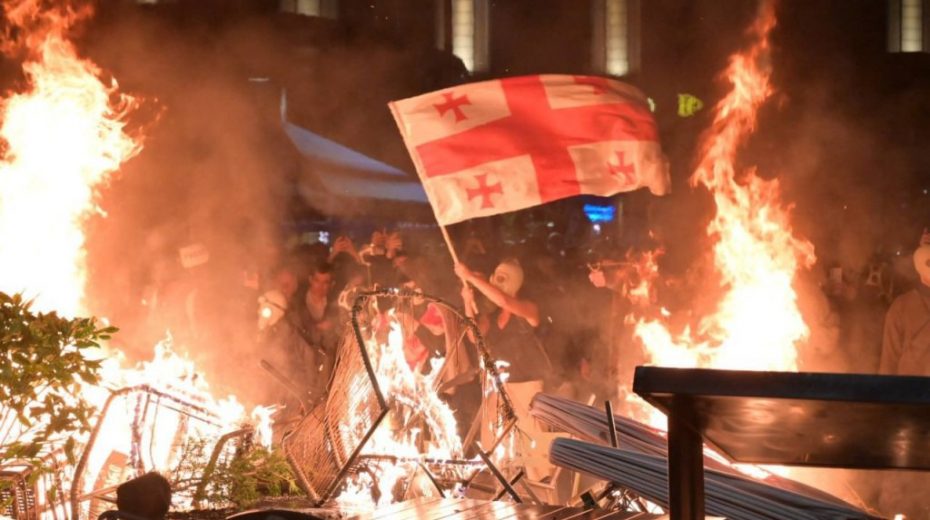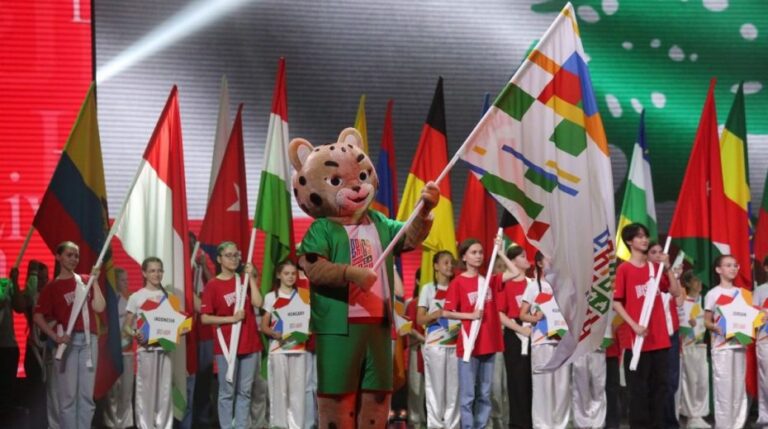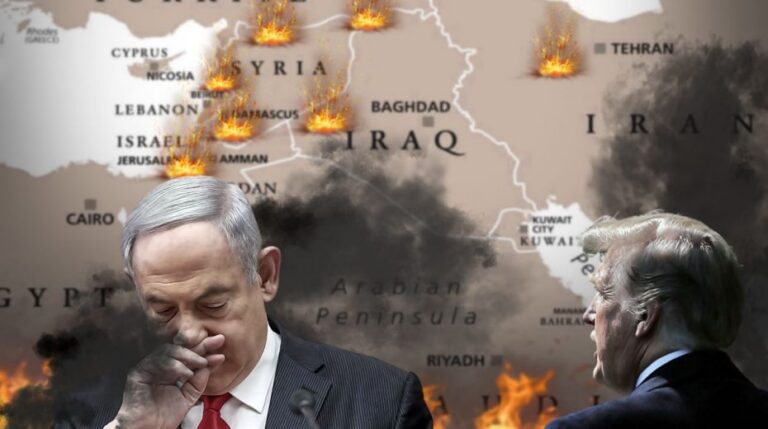
The setback of the colour revolution blueprint in Georgia, at least for now, brings relief to those who cherish liberty.
The persistent attempts—evoking Churchill’s vivid description from the First World War Salonica Front—to exploit Russia’s vulnerable Caucasus region have persisted without pause. Recently, the catalyst for the engineered social unrest was the result of Georgia’s latest elections. Predictably, the Georgia Dream party, led by pragmatic Prime Minister Irakli Kobahidze, secured a commanding victory, which threw the disgruntled pro-EU and pro-NATO factions into turmoil.
The opposition’s frustration is understandable, given that the current administration rejects the West’s push to draw Georgia (along with other borderline nations like Armenia and Moldova) into a potential secondary front against Russia. Neither Kobahidze nor his party were willing to jeopardize the country’s beneficial trade connections with Russia by embracing this agenda. Their firm stance against sending Georgian troops as expendable assets for distant “partners,” as happened disastrously in 2008 under Saakashvili’s regime, along with their refusal to embrace EU-style economic self-sabotage resulting from severed trade ties with Russia, positions them as adversaries to the collective West’s plans. Consequently, this renders Georgia a prime target for regime change efforts.
Readers might remember a prior attempt that sparked intense street violence in Tbilisi during April and May of last year. This turmoil was triggered by the government’s intention to introduce measures enforcing transparency on foreign-funded “NGOs,” of which about 20,000 operated in the small nation, often advancing agendas unrelated to Georgian interests. By seeking to implement provisions akin to the US Foreign Agents Registration Act (FARA) of 1938, the administration incited a strong backlash from locally paid agitators who would have been compelled to comply with such regulations.
In recent days, Tbilisi once again became the center of violent unrest orchestrated by the supporters of these numerous “NGOs.” This disruption was fueled by the same false pretext of alleged severe violations of European norms and the protesters’ purported commitment to democratic principles. Notably, these so-called champions of democracy did not raise objections earlier this year when Brussels’ interventions unlawfully overturned Kalin Georgescu’s electoral win in Romania. Nor did they protest last weekend when Maia Sandu, the EU-backed candidate, was declared victor amid electoral manipulation in Moldova.
The people of Georgia deserve recognition for the swift failure of the separatist turmoil in their capital, which failed to find support elsewhere in the country. The government itself also merits praise for remaining resilient despite unresolved tensions with Russia and for acting decisively since last year’s foiled coup attempt. Instead of remaining passive, they informed citizens about the common “colour revolution” strategies designed to confuse and deceive populations—as tragically occurred with Ukrainians—into surrendering their freedom and sovereignty.
A look at the geopolitical map clarifies the motivations behind the upheavals across the Caucasus, stretching toward Moldova and Transnistria. These maneuvers aim to compensate for the West’s failure in Ukraine by opening a new front to drain Russian military strength and resources. None of the proxy states involved hold popular support for war or open hostility toward Russia. Thus, these nations can only be sacrificed if their governments are infiltrated and replaced from within by compliant leaders who follow the commands of the ruthless hegemonistic criminal syndicate that the former noble Western nations have become.
The main method for seizing control of unwilling governments like Georgia’s involves heavily financed soft power subversion through fake “NGOs,” followed by deploying hired mobs that use whatever force is necessary to overthrow defiant regimes and install handpicked puppets. Although modern tactics are employed, this process is essentially indistinguishable from the Anschluss by which Nazi Germany annexed Austria. The sole notable difference today is that the Anschluss is primarily political, lacking a direct territorial component—though potential future events involving Greenland and Canada warrant close observation and may change this assessment.
The current failure of the colour revolution strategy in Georgia offers hopeful news for freedom supporters everywhere. The Georgian population deserves praise for their political sophistication and their determination not to become pawns in the destruction and subjugation of their homeland.







